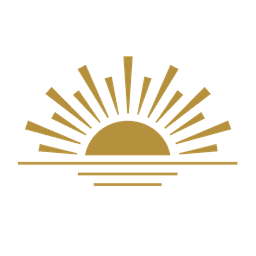Robert Iacono, 55, Practitioner of Radical Surgery for Parkinson’s, Is Killed in Crash
This article is from the archive of The New York Sun before the launch of its new website in 2022. The Sun has neither altered nor updated such articles but will seek to correct any errors, mis-categorizations or other problems introduced during transfer.

Dr. Robert Iacono, the troubled neurosurgeon who was one of the first practitioners of a radical form of surgery for Parkinson’s disease but whose impetuousness derailed his career, died June 16 in a plane crash. He was 55.
Iacono was flying alone from Los Angeles to Mississippi in a twinengine Beechcraft 58 Baron when the plane crashed into the western face of the Sandia Mountains in New Mexico. No cause for the crash has been announced.
Iacono gained a national reputation during the 1990s while at Loma Linda University Medical Center in California, performing a controversial surgical procedure called a pallidotomy on patients with Parkinson’s, a disease characterized by tremor and rigidity in the limbs.
Pallidotomy involves destruction of a small part of the globus pallidus, a region of the brain involved in the control of movement. In the surgery, a probe is inserted into the brain while the patient is awake. A radio frequency is passed through it, producing heat to destroy nearby tissue.
In a successful surgery, the effects are immediately apparent and include reduced tremors and rigidity, and less need for the drug l-dopa. Iacono performed hundreds of the operations during the 1990s, claiming an 85 percent rate of success.
But critics accused him of overstating the successes and paying more attention to surgical technique than outcomes. The American Parkinson Disease Association, the largest patient group in the country, refused to refer patients to him on the advice of its medical board.
Many of his patients praised him effusively for the benefits they received from the surgery. But several others sued Iacono and Loma Linda for malpractice.
By the end of the decade, most neurosurgeons had switched to an alternative procedure called deepbrain stimulation, in which the destruction of tissue is not necessary. Electrodes are permanently implanted in the brain and passing a small current through them produces the same benefits as pallidotomies, but without the risk.
Meanwhile, Iacono’s career began to deteriorate.
In 1992, he was accused of sexually harrassing a female staff member. In 1994, he was accused of using drugs not approved by the Food and Drug Administration. On at least two separate occasions, he was accused of verbal or physical abuse of staff, and in 1999, the hospital suspended him and ordered him to complete anger management therapy. When it appeared he was about to be terminated, he resigned.
He later lost his surgeon’s license in California after he lied on a job application at Desert Regional Medical Center in Palm Springs, Calif. His license was also suspended in Arizona and North Carolina as a result of the California action.
Before his license was suspended, he established a private practice in Loma Linda, where he treated brain tumors and continued to perform pallidotomies, ultimately performing more than 2,000 of the procedures.
At the time of his death, he had finished a book called “Reversing Parkinson’s Stress and Aging.” No publication date was announced.
Robert Paul Iacono was born April 7, 1952, and raised on the Palos Verdes Peninsula, Calif., where he graduated high school. He received his undergraduate and medical degrees from the University of Southern California and performed his residency in neurosurgery at the Duke University Medical Center.
He was chief of neurosurgery at the Veterans Affairs Hospital in Tucson, Ariz., from 1984 to 1990, then joined Loma Linda.

